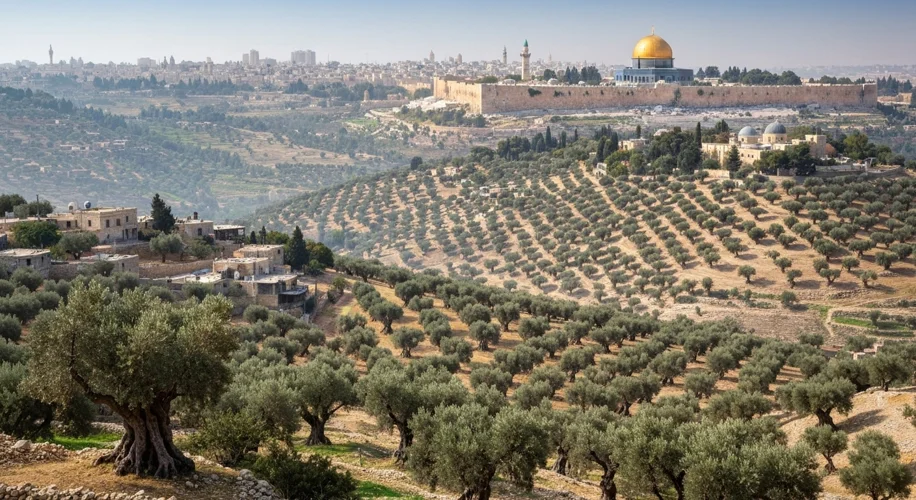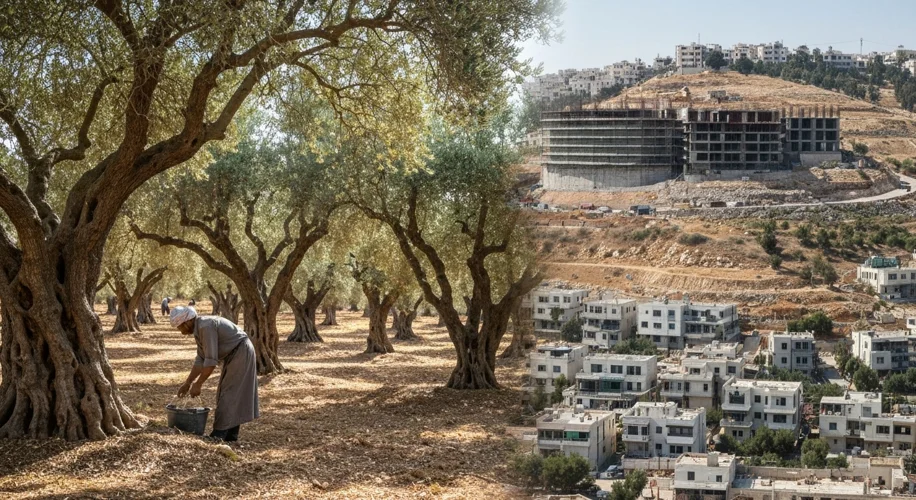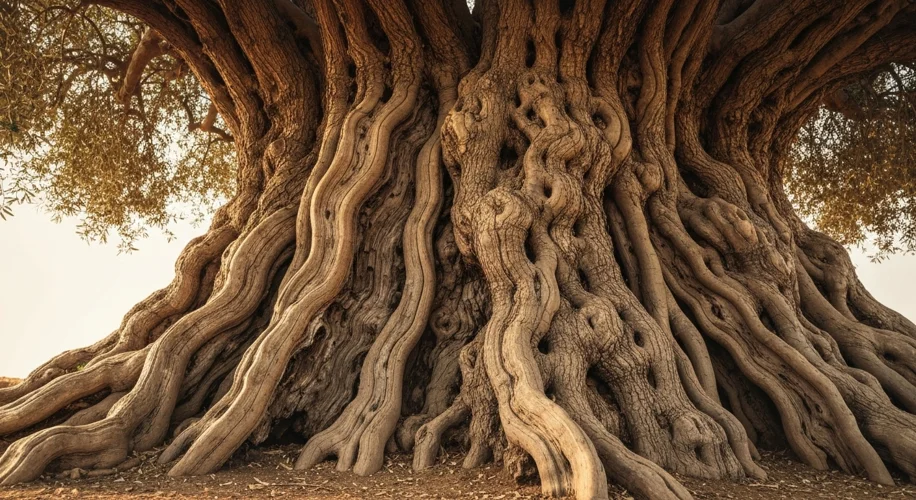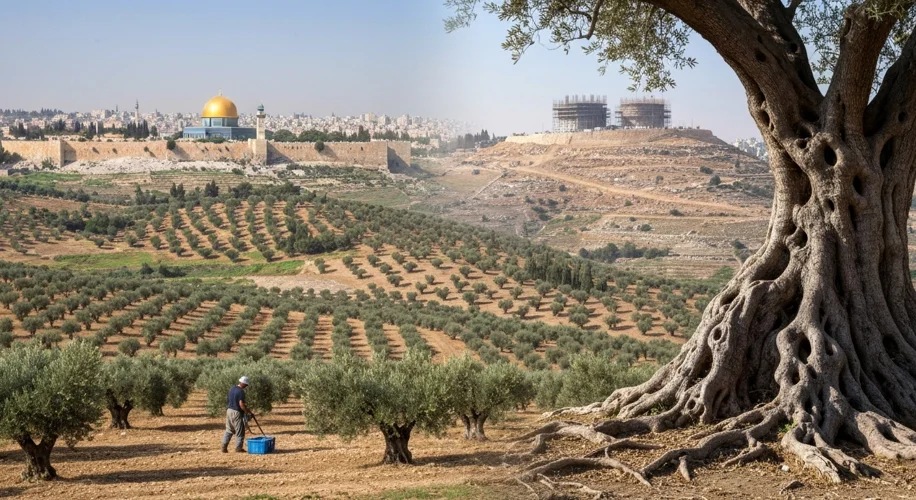The story of the West Bank is a narrative woven with threads of ancient civilizations, religious fervor, and modern political strife. It is a land where every stone seems to whisper tales of conquest, settlement, and the enduring human quest for belonging. To understand the West Bank today is to delve into a history as complex and layered as its very landscape.
For millennia, this region, nestled between the Jordan River and the Mediterranean Sea, has been a crucible of cultures. It’s the biblical heartland, the stage for events that shaped Judaism, Christianity, and Islam. Imagine the ancient Israelites tilling the fertile soil, establishing kingdoms, and building sacred sites. Picture the Roman legions marching through, leaving their mark on cities like Nablus (ancient Shechem). Envision the Byzantine monks seeking solitude in its hills, and the Umayyad caliphs leaving architectural wonders.

The modern chapter of the West Bank’s story truly begins to thicken in the 20th century, particularly after World War I. The collapse of the Ottoman Empire, which had ruled the region for centuries, opened a new, tumultuous era. The British Mandate for Palestine was established, an attempt to govern a land teeming with diverse populations and burgeoning national aspirations. During this period, both Arab and Jewish nationalism gained momentum, setting the stage for future conflicts.
Following the 1948 Arab-Israeli War, the West Bank, including East Jerusalem, fell under Jordanian control. This marked a significant shift. Many Palestinians found themselves displaced from their ancestral lands, and for 19 years, the West Bank remained part of Jordan, with a strict armistice line (the Green Line) dividing it from Israel. The international community largely did not recognize Jordan’s annexation.
The pivotal moment that reshaped the West Bank’s destiny arrived in 1967. During the Six-Day War, Israel occupied the West Bank, along with the Gaza Strip, the Sinai Peninsula, and the Golan Heights. This occupation, which continues to this day, is the central fact around which the current dispute revolves. The international community, through numerous United Nations resolutions, considers the West Bank occupied territory and settlements built there to be illegal under international law.
The key actors in this ongoing drama are numerous, each with their own deeply held perspectives. For Israelis, particularly those on the religious right, the West Bank is Judea and Samaria, the biblical heartland of their heritage, promised to them by God. They see settlement building as a historical and religious right, and a security necessity. For Palestinians, the West Bank is the territory intended for their future state, the heart of their national identity. They view Israeli settlements as an existential threat, a deliberate effort to fragment their land and prevent statehood, and the occupation as a violation of their fundamental rights.

The governance of the West Bank is a complex patchwork. Since the Oslo Accords in the 1990s, parts of the West Bank have been divided into Areas A, B, and C. Area A is under full Palestinian Authority (PA) civil and security control. Area B is under Palestinian civil control and joint Israeli-Palestinian security control. Area C, the largest portion, remains under full Israeli civil and security control, encompassing most of the land and the majority of Israeli settlements. This administrative division reflects the ongoing fragmentation of the territory.
Key events continue to shape the West Bank’s trajectory. The expansion of Israeli settlements, the security measures imposed by Israel (checkpoints, barriers), Palestinian resistance (sometimes violent), and the internal political divisions among Palestinians all contribute to the volatile situation. The legal status of the West Bank remains a fiercely debated issue, with Israel maintaining a military administration while also facilitating the growth of settlements.
The consequences of this prolonged conflict are profound. For Palestinians, it means restricted movement, limited economic opportunities, and a constant struggle for self-determination. For Israelis, it means ongoing security concerns and a deep societal division over the future of the settlements and the occupation. The international community is continuously engaged, seeking a resolution that can lead to lasting peace and security for both peoples.
Understanding the West Bank is not just about understanding a geographical area; it’s about understanding a profound human story of attachment to land, of clashing national aspirations, and of the enduring hope for a future where justice and peace prevail. The echoes of the past continue to shape the present, leaving a legacy that demands our attention and our commitment to finding a path forward.


